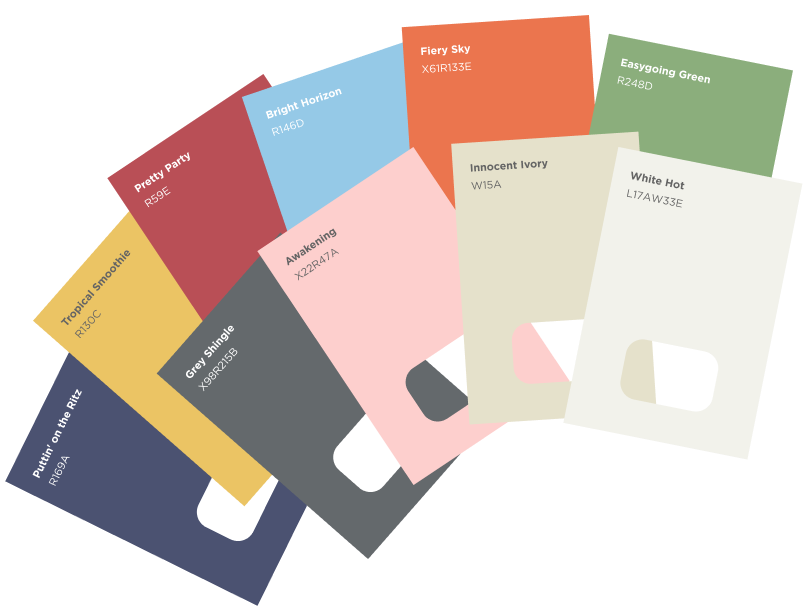Nature Inspired Interior Design
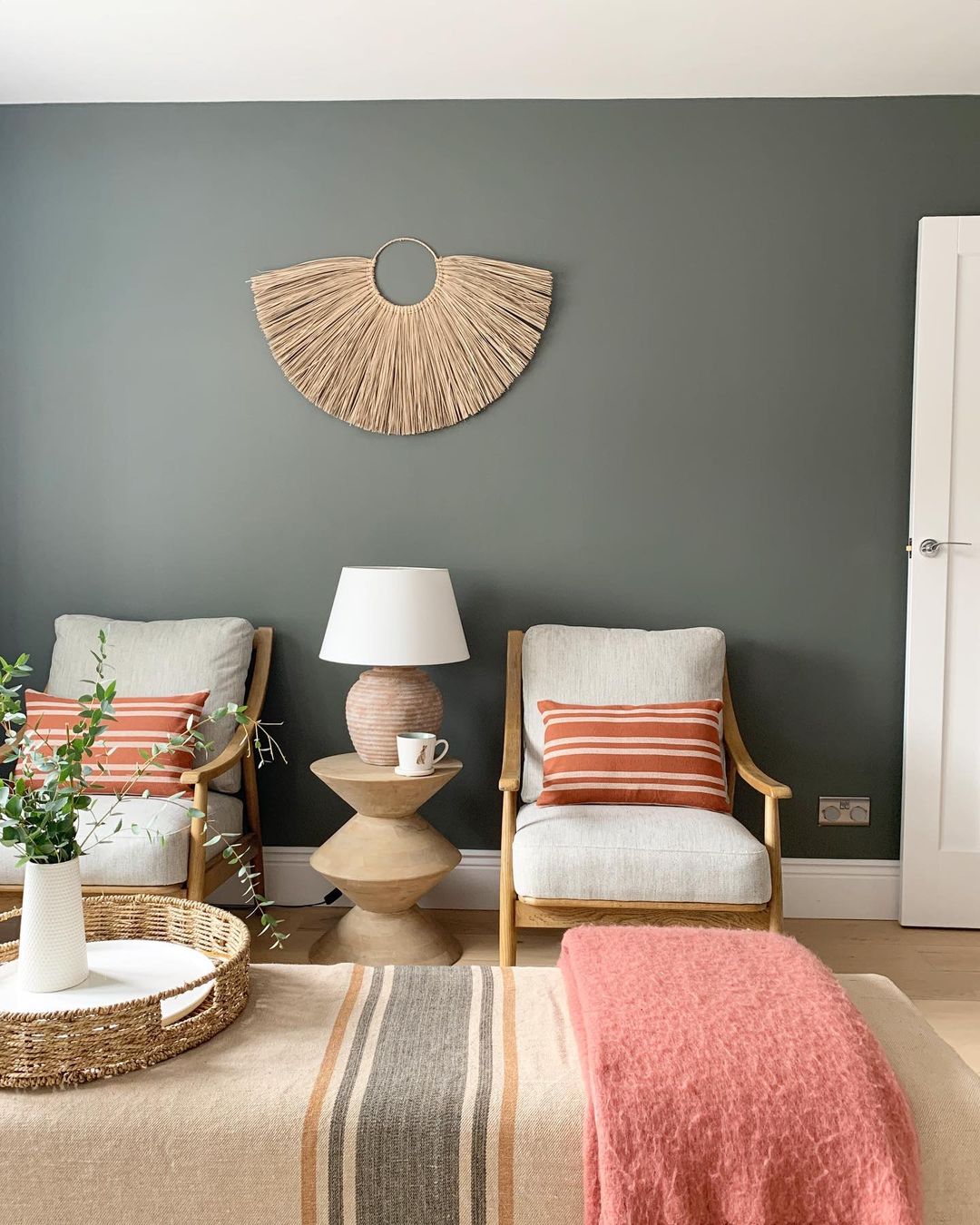
Nature Inspired Interior Design
What is biophilic interior design?
You might have heard the term biophilic interior design mentioned before, but do you actually know what it means?
In literal terms, the name comes from the combination of the words biophilia; referring to our innate human affinity for nature, and interior design; involving the creation of functional and visually pleasing indoor spaces.
In reality, biophilic interior design aims to connect people more with nature and the natural environment by incorporating elements of the natural world into the built environment - whether it be at home or in a commercial setting.
The ultimate goal of this type of design is to create harmonious spaces that are not only visually beautiful but also promote physical and mental well-being too. Research has proven that exposure to nature and its natural elements can help to reduce stress and anxiety, improve cognitive function, and enhance creativity. Therefore, biophilic design is often used in interior spaces, including homes, offices, healthcare facilities, schools and hotels to create environments that support human well-being.
What are the key elements of biophilic interior design?
Biophilic interior design incorporates some key elements to connect people with nature in an indoor environment. Some of these key elements include:
- Natural materials and fabrics: The use of natural materials, such as wood, stone, cork and natural fibres, is a fundamental element of biophilic design.
- A natural colour scheme: Incorporating colours and patterns that are found in nature, such as earth tones, greens and blues.
- Sensory experiences: Emphasising the engagement of the senses to create a deeper connection with nature through sight, smell, sound and touch.
- Natural daylight: Maximising access to natural light and views of nature wherever possible.
- Indoor greenery: Incorporating living plants and greenery into interior spaces.
- Biomorphic forms: Using shapes and patterns that mimic forms found in nature, such as curves, waves and patterns that reflect flora and fauna.
Embrace a natural colour palette
Credit: @ourwoodfield3storey
Nature-inspired colour palettes provide the backbone of a biophilic interior design scheme. These colours evoke the sense of being surrounded by nature, creating a calming and harmonious atmosphere inside.
Earth tones include shades inspired by soil, rocks, sand and stone. They can range from light beige and cream neutrals such as Earthy Beige to dark browns and charcoal blacks, such as Charcoal Sketch.
Greens and blues are also often present in nature-inspired interior schemes. From mossy greens, such as Good Earth to By The Seashore blue, there are many shades to inspire your natural environment.
You can also incorporate natural patterns into your colour schemes, such as floral or botanical prints, or patterns that mimic natural textures like waves or tree bark.
Take a look at our video below for tips on how to decorate your interior with colour to bring the outside in:
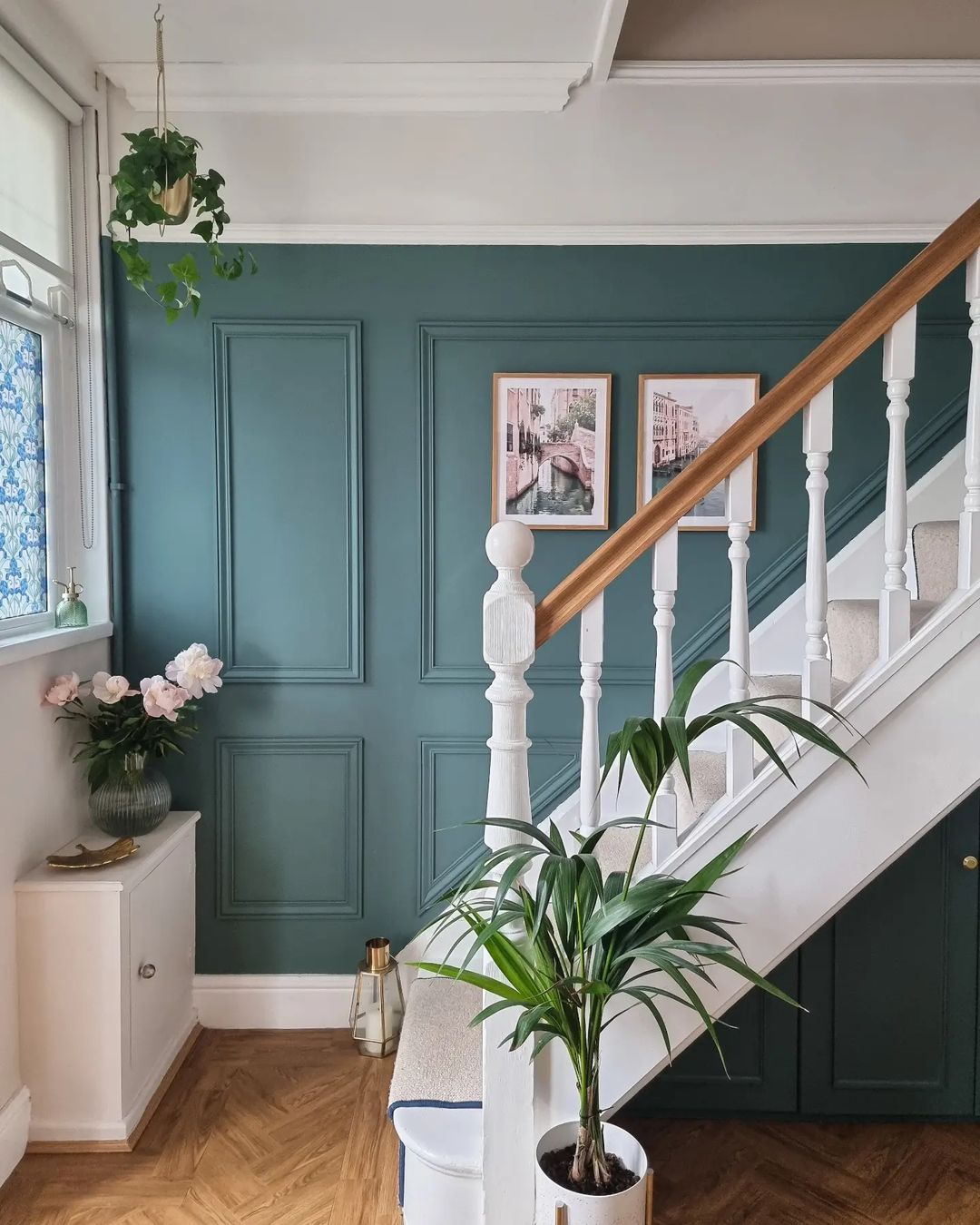
Frosted Sage
X135R279BSource your materials wisely
Credit: @theperkinsresidence
As well as the benefits for human health and well-being, biophilic interior design also promotes sustainability and environmental conservation too.
Not only do natural materials such as wood, stone, bamboo and clay help to create a deeper connection with nature, but they are also environmentally friendly, renewable and biodegradable, meaning that they have a lower impact on the environment than synthetic materials.
When it comes to soft furnishings, look for materials like jute, sisal, linen, or wool that have a natural feel and add depth and tactility to your spaces. You can also incorporate natural textures through wall coverings, such as grasscloth wallpaper or reclaimed wood panelling, which add a sense of warmth and character to your walls.

Campground
X144R283BConsider the flow of your space
Credit: @_homeatno.12
The layout and flow of your home interior can also be designed with a nature-inspired approach.
The ideal scenario is to create spaces that are open and flowing, providing ample circulation and views to the outdoors as much as possible through windows and doors and open space.
Arrange furniture, seating and decorative items in a way that promotes a sense of connection with nature, such as positioning dining areas near windows or doors that offer outdoor views.
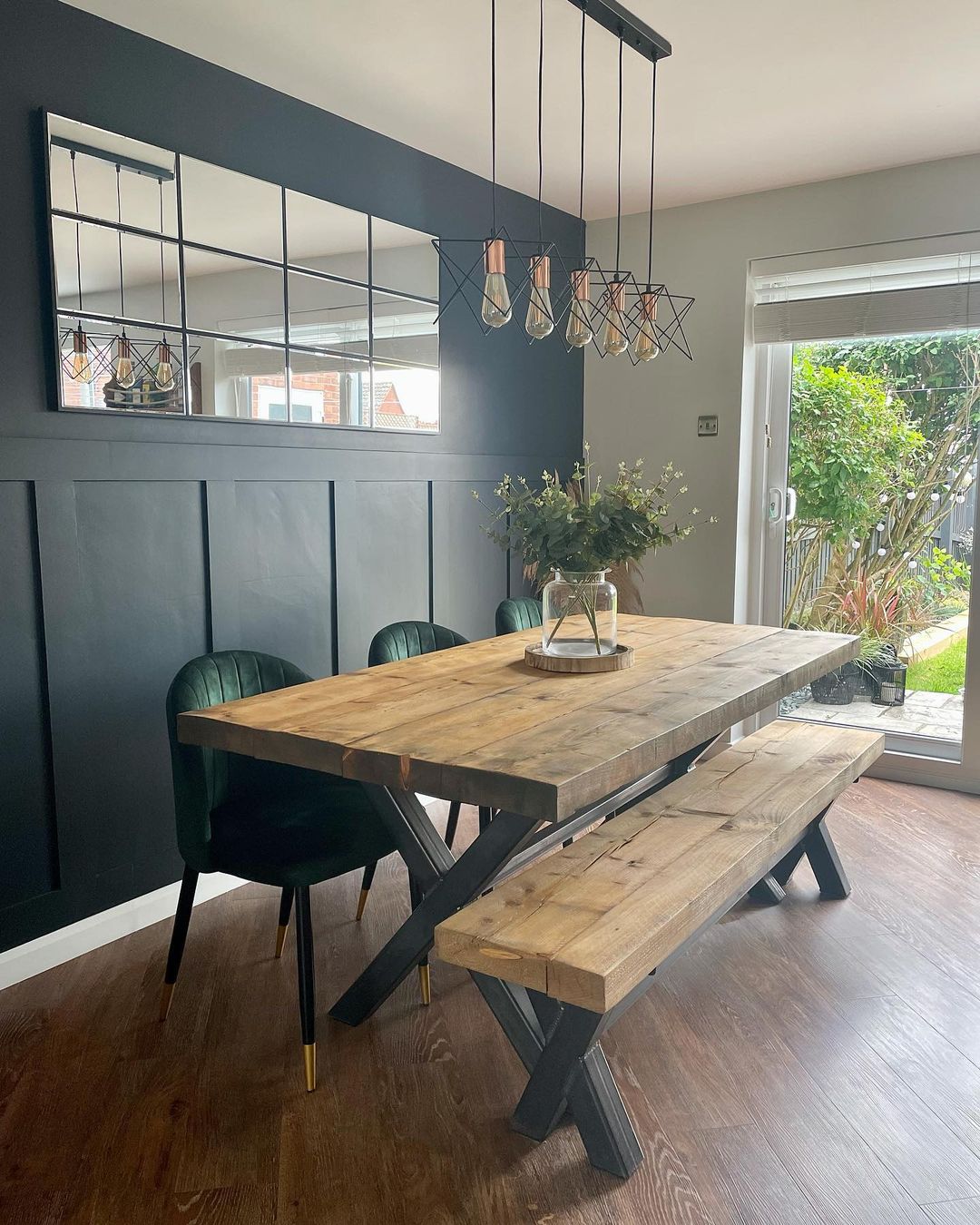
Charcoal Sketch
R207AEmbrace simplicity
Credit: @mylittlehome.xo
A nature-inspired decor theme embraces simplicity and raw beauty.
Opt for simple and functional furniture with clean lines, simple designs and functional purposes. These pieces are timeless and won’t need to change with the seasons or trends. Avoid heavy or ornate furniture with excessive decoration which goes against the principles of nature.
When it comes to decor, less is more here too. Simple and meaningful items add a sense of beauty and nature-inspired elements to your space, whereas excessive or unnecessary decorations can clutter your home and change the relaxing vibe. Instead of choosing plastic or synthetic decorations, opt for displaying natural products, such as plants, rocks, or shells, as decor to flood the senses with elements from the outside world.
Keep only the items that are essential and meaningful to you, and let go of unnecessary belongings for recycling or to the charity store. This will create a clean and uncluttered environment that promotes a sense of peace and tranquillity.
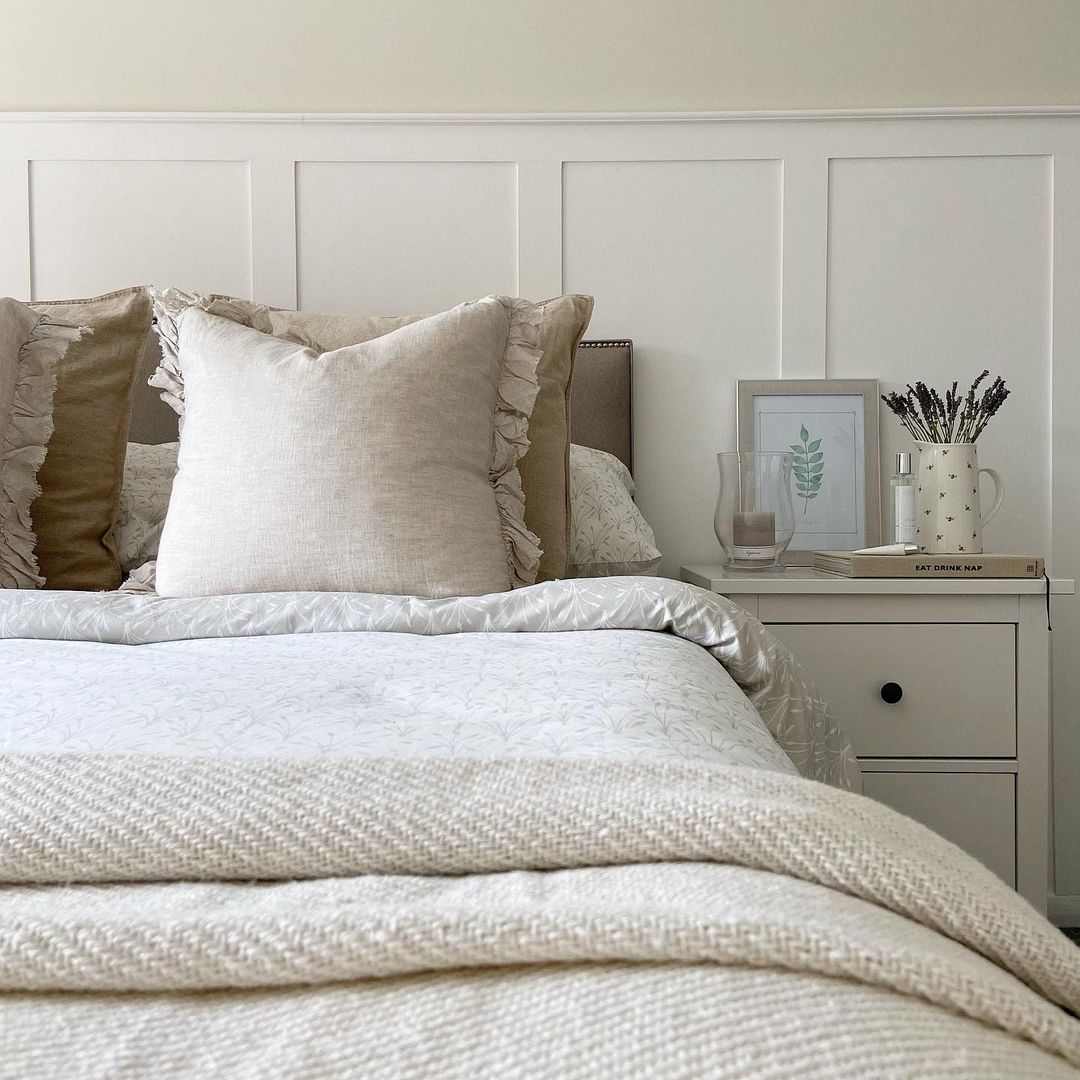
Brushed Cotton
R82AAdd life with indoor plants
Credit: @atnumber_24
Indoor houseplants are a brilliant way to introduce nature directly into your home.
Living plants add freshness, vitality and visual interest to your living spaces, as well as helping to purify the air in your home by removing harmful toxins and pollutants. They also release oxygen into the air, which can help improve your breathing and overall health.
Choose a variety of plants with different shapes, sizes, and textures to create a diverse indoor garden. Place them in bedrooms, bathrooms, hallways and living areas - either standing them on the ground on shelves or hanging them from the ceiling to create a vertical garden. Make sure to choose plants that are suitable for indoor use and care for them properly to keep them healthy.

Gentle Shadows
R82B
Colour match to nature
Found a fascinating, deep green forest leaf that you love or a striking piece of stone by the sea that makes you feel calm? Simply take a photo of it and upload it online so we can colour match it into a beautiful paint shade for your nature-inspired home.
Need help choosing the right paint or colour?
Use Virtual Assistant





